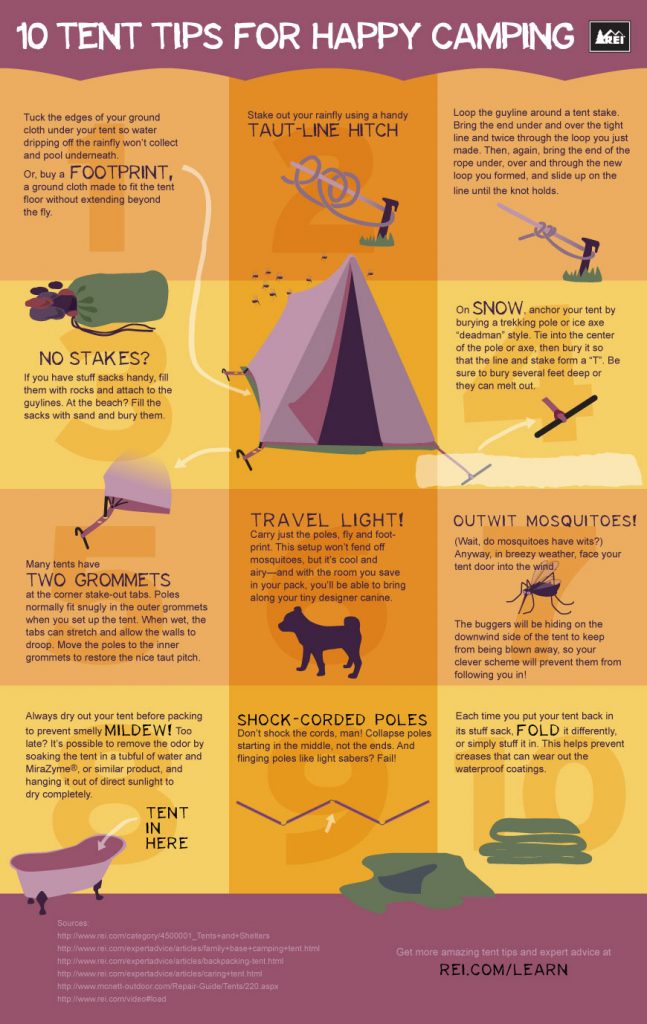An impact is pricey and includes added weight to your backpack. It also isn't especially long lasting.
How often should a tent be waterproofed?
Ultimately, whether or not a tent footprint is necessary depends on where and how frequently you're camping. In general, it's a good idea to use one if you camp on abrasive surfaces or in wet conditions.
Tents with Lower Deniers and Water-proof Rankings
Outdoors tents with reduced deniers and water-proof rankings have a tendency to be lighter, however they can likewise be a lot more vulnerable. They might require more constant fixings and have much less indoor room than tougher designs. If you're a laid-back backpacker who likes to take a trip rapid and light, this could be great; nevertheless, more skilled hikers know that sacrificing durability can come with large effects down the path.
The denier and water resistant score of a tent's canopy, rainfly, and flooring can aid you identify its livability. Look for higher-denier fabrics on the cover and rainfly, in addition to taped seams that help prevent water from permeating via stitches. Some makers even use heat and sealer throughout building to create a stronger joint; these are called bonded seams.
The livability of a tent can also be established by its flooring dimensions and ability. An outdoor tents's floor ought to be slightly smaller sized than the impact to prevent water from pooling under the sanctuary.
Camping Tents in Rough Terrain
Many backpacking outdoors tents include a footprint made particularly for their design, which helps make certain an appropriate fit and safeguards the tent's base from dampness and sharp items. Other suppliers offer universal impacts that can be reduced or folded to match an outdoor tents's measurements.
The type of surface you'll come across is one more important factor to consider for selecting a tent. As an example, if you'll be camping in a canyon or gully, search for a shelter that can manage strong winds. These problems produce turbulence that can make the distinction between appreciating your campground or suffering pain.
The capacity and optimal height of a tent provide you an excellent idea of its livability, yet extra factors to take into consideration include vestibules (the area of the rainfly covering the doors) and general storage space. As an example, during our winter months testing of the Marmot Tungsten, its charitable 93-by-82-inch flooring quickly handled 4 sweaty backpackers and their puffier shoulder period sleeping bags while still leaving enough space for equipment and people.
Outdoors Tents in Wet Issues
Even if your camping tent appears dry, dampness hides in the nooks and crannies. In time, it can break down the fabric. That's why it's so crucial to benefit from day of rest to deep-clean your tent and its parts, such as zipper linings, risk loops and flexible webbing bands.
Likewise, see to it to pitch your camping tent in a level area, not a divot or concave place, so that ground water does not accumulate between the outdoor tents floor and impact or tarp. And if you're utilizing an impact, consider a custom-cut one created for your tent's floor plan. It will not collect rainwater the means camping tents a generic ground cloth or tarpaulin can.
Technique setting up and removing your tent in your home prior to you hit the trail, to get a feel for just how quickly and effectively you can do it. Additionally, practice scouting your tent in different surfaces to see how simple it is (or isn't) to do in bad climate condition.
Tents in High-Rise Situations
Camping tents vary in floor size and livability. As an example, a large camping tent with twin doors and vestibules like Marmot's Tungsten can handle four backpackers without calling for acrobatics to get in and out or to keep equipment.
The minimum path weight spec is the most effective spec to contrast versions, as it consists of the bare essentials: camping tent body, rainfly and posts. But keep in mind that the specification leaves out tent stakes, person lines and things sacks.
Most backpacking camping tents can stand up to a light summer season storm, but some can be swept away by gale-force gusts. Try to find a version with strong poles, an increased bathtub-style flooring and joint taping to lower the chance of water leaking with. More expensive layouts additionally tend to feature stronger products that can stand up to the impact of debris and other pressures.
How do you keep a tent down in the wind?
